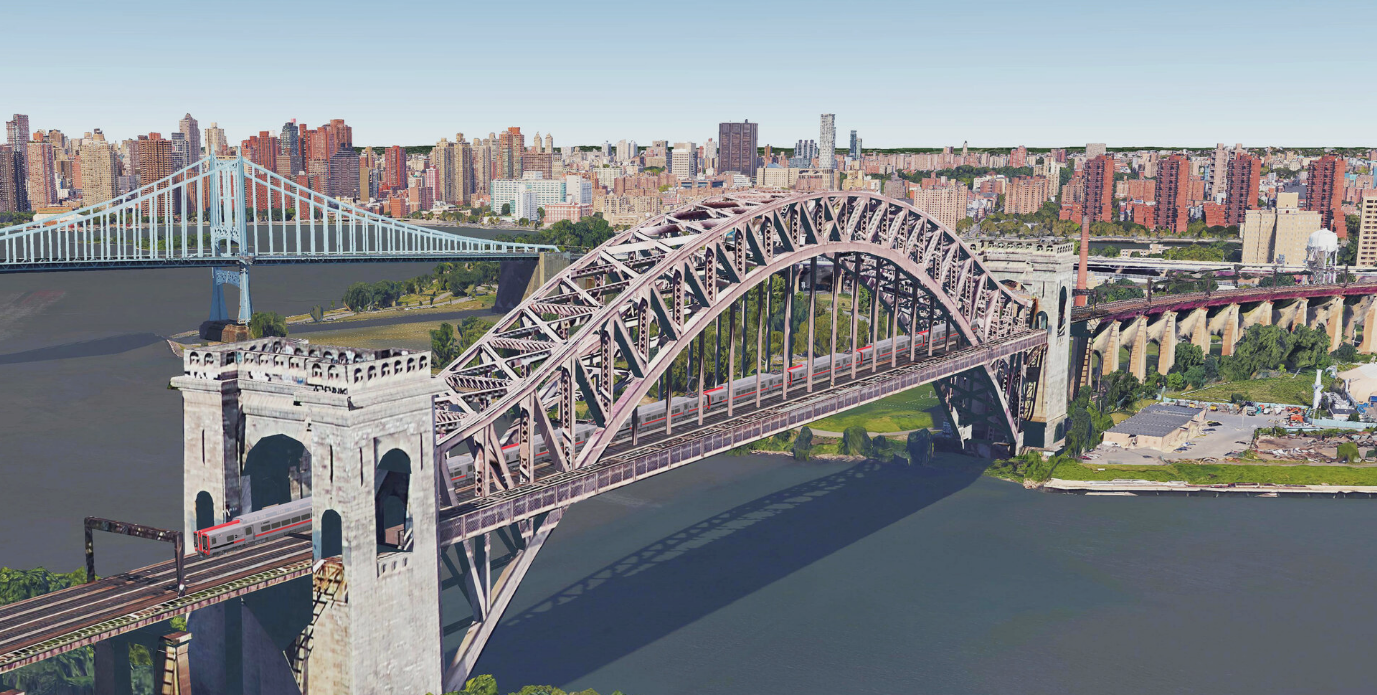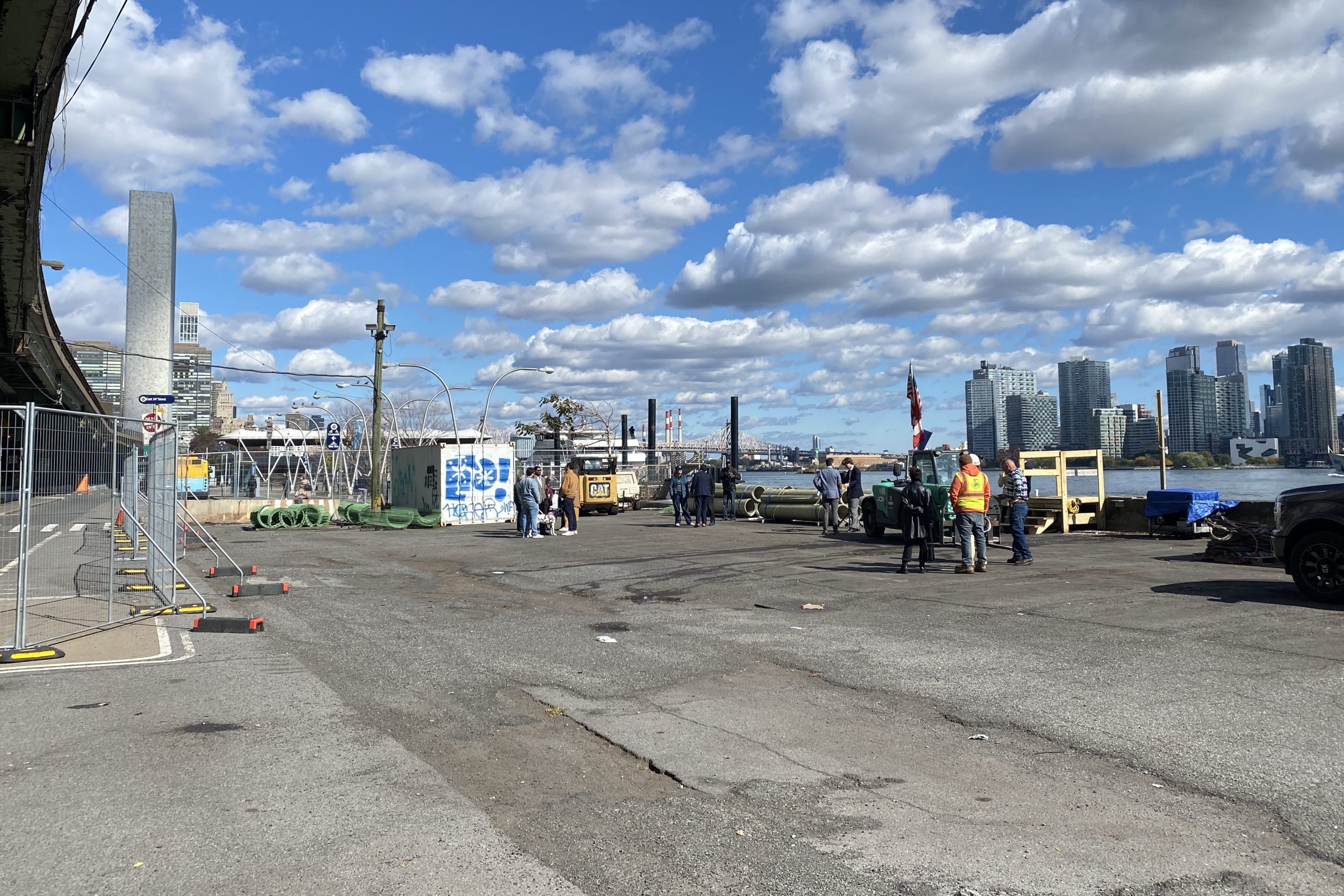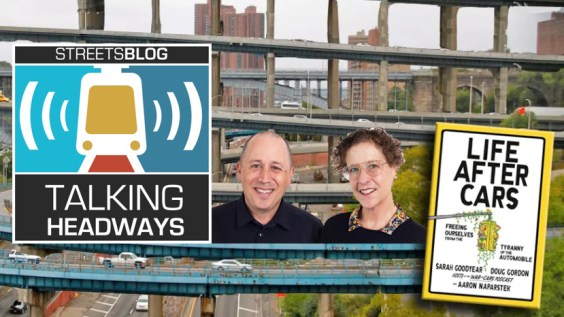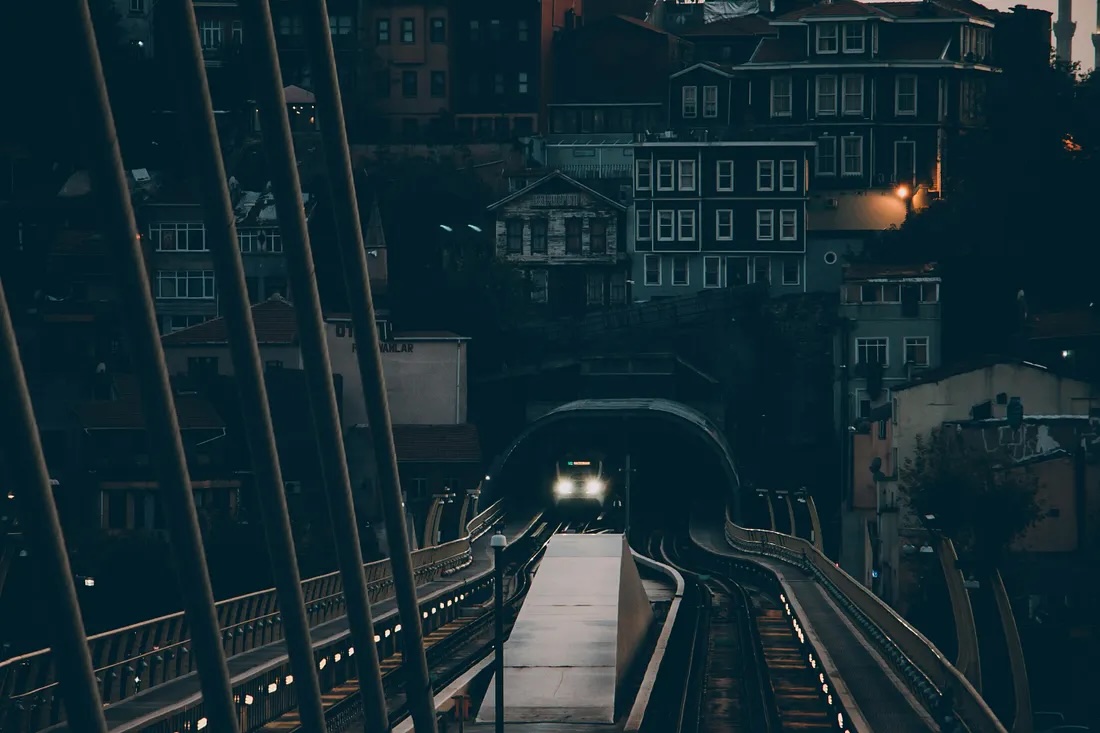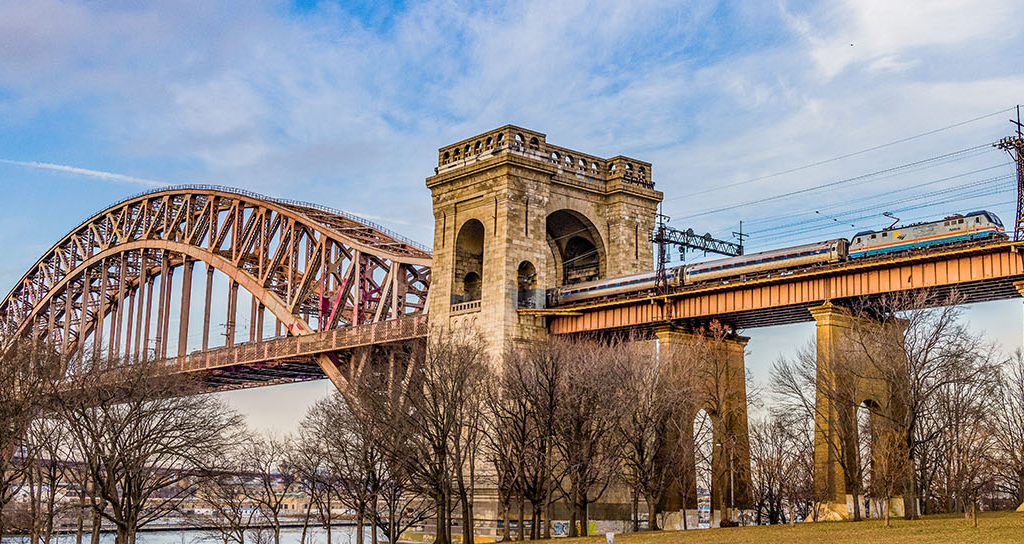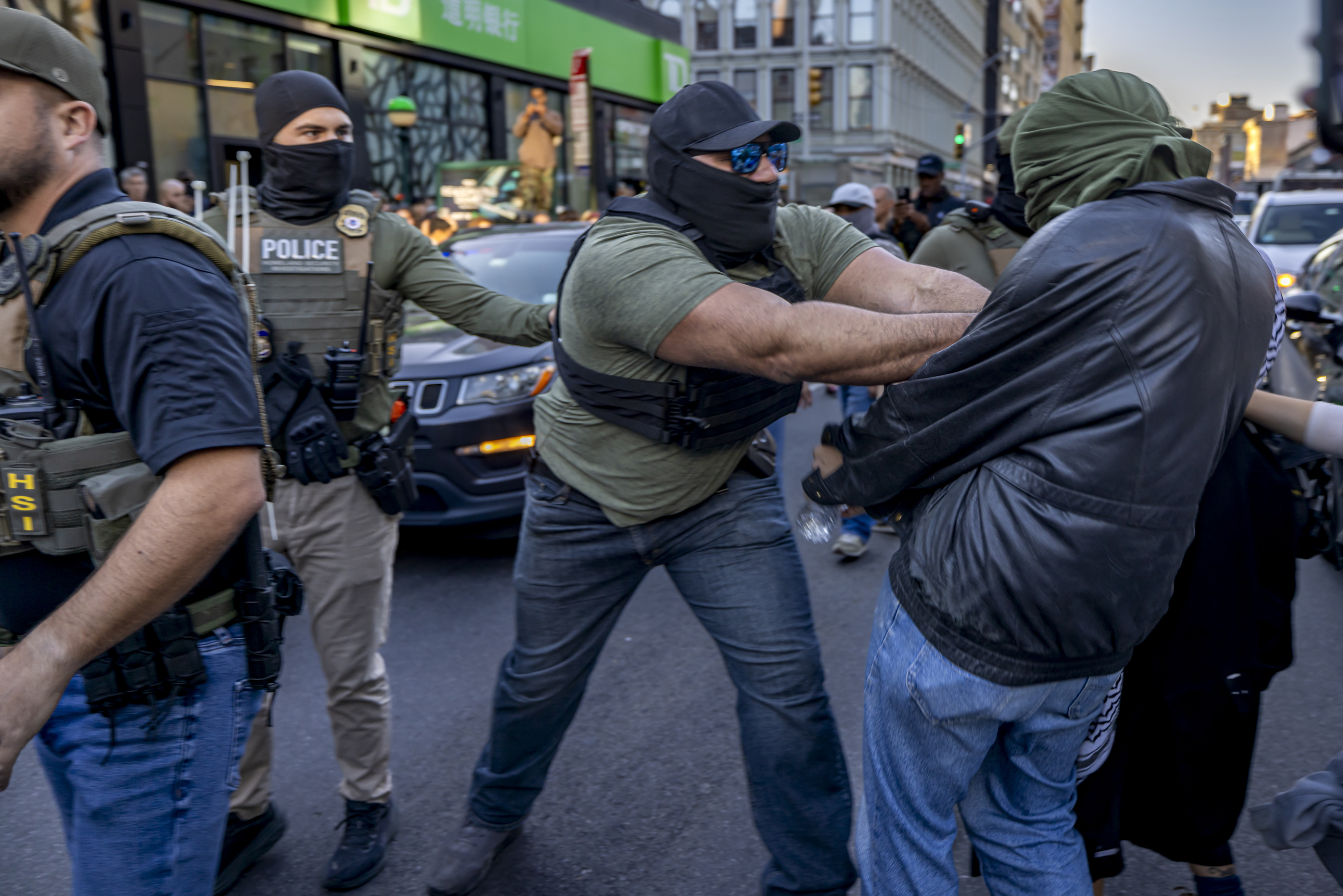
A view of 35th Ave. in Jackson Heights, part of the DOT's proposed one-way pair for the neighborhood
Apparently undeterred by the resounding community rejection of proposed one-way streets in Park Slope in March, the city's Department of Transportation is proposing changing two major thoroughfares in Jackson Heights from two-way to one-way.
The proposal, which would affect 35th and 37th Avenues, will be on the agenda for Queens Community Board 3 on Thursday, June 21st, as part of a package of measures to reduce congestion in the neighborhood.
The DOT's arguments in favor of the Park Slope one-ways were based on studies from the 1970s, and ignored more recent evidence that such thoroughfares encourage faster driving speeds, force motorists to drive more to get to their destinations and are more dangerous to pedestrians, especially children.
There is a real problem with traffic in Jackson Heights, and Will Sweeney of the Western Jackson Heights Alliance has been studying it ever since he got fed up with the way traffic backed up onto his residential block of 73rd St.
But he and other members of the community reject the notion that a one-way pairing of 35th and 37th avenues, an idea dismissed by the DOT nearly a decade ago because of potential negative side-effects, would do anything to help the neighborhood's chronic congestion.
A few weeks ago, Sweeney stood at the bustling corner of 73rd Street and 37th Avenue, waiting for what he knows is going to happen, what he calls a "perfect storm" of traffic.
"OK, here we go. A livery car is parking in the bus stop on 73rd Street. That delivery van parked across the street and unloading to the market on the corner is partially blocking the street. Now, here comes the bus..."
Bingo. The bus traveling southbound on 73rd St. gets stuck between the van and the car. Cars can't turn from 37th Ave. The intersection starts gridlocking. Pedestrians scurry between the stopped cars. Traffic on 73rd St., the only southbound street for a couple of blocks in each direction, backs up more than halfway down the block (sometimes, says Sweeney, it goes as far as Northern Boulevard, three blocks away). Before too long, horns start blaring.
This neighborhood, one of New York's most diverse, is dealing with complex stew of issues. An ever-increasingly popular shopping destination for Indian and Bangladeshi people from the tristate area and beyond, this part of Jackson Heights is a thriving commercial district. Parking is at a premium and double-parking is rampant. Ongoing BQE construction is diverting more cars onto surface streets.
But it is also a place of intense residential density, blessed with some of the best mass transit around, and the lowest car commuter rate in Queens. That Jackson Heights -- the one that walks, that rides bikes, that takes subways and buses to work and school -- is the one that Sweeney and his group want the DOT to foster. And they fear that one-way streets would do the exact opposite.
Photo: Sarah Goodyear
